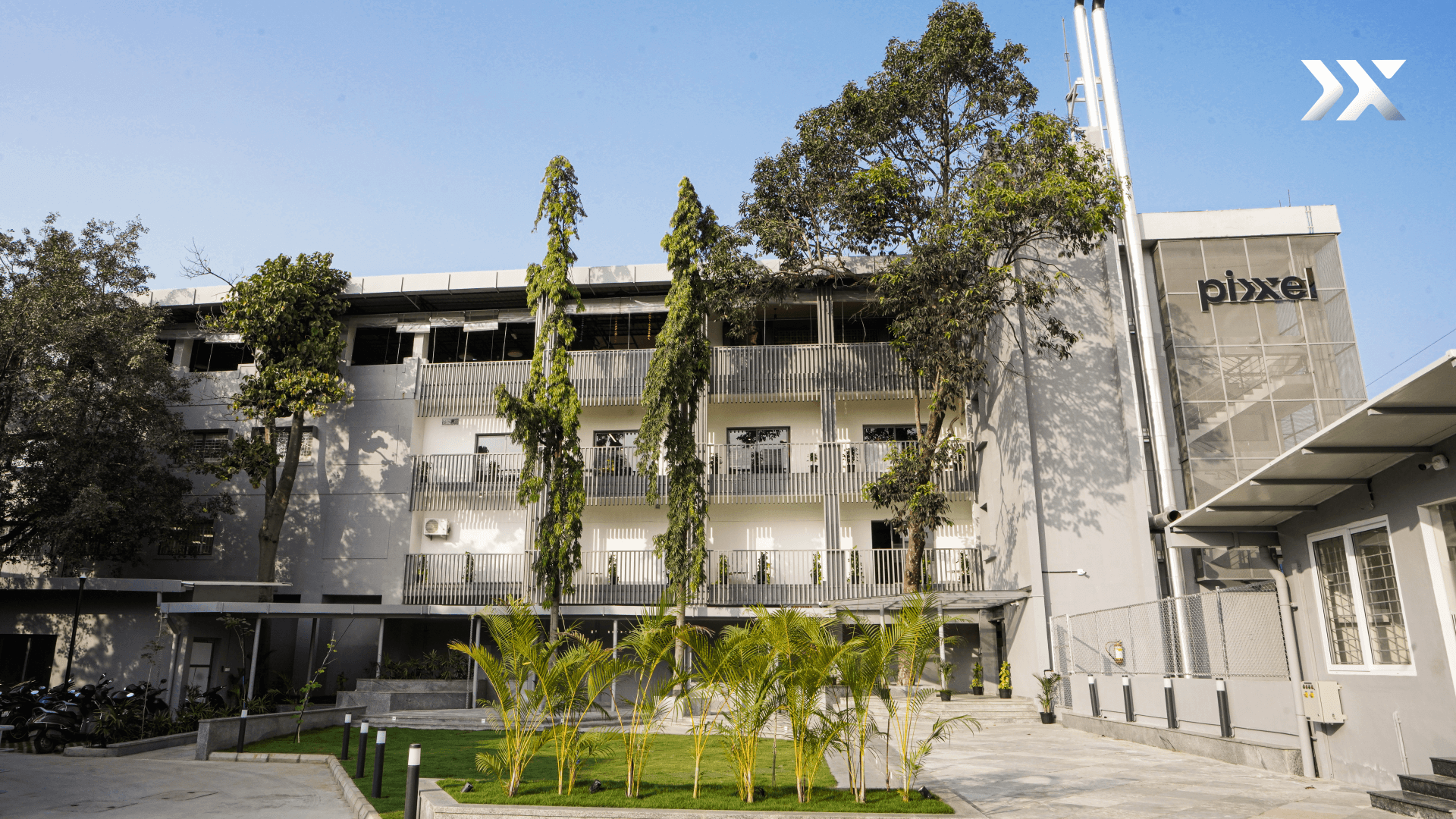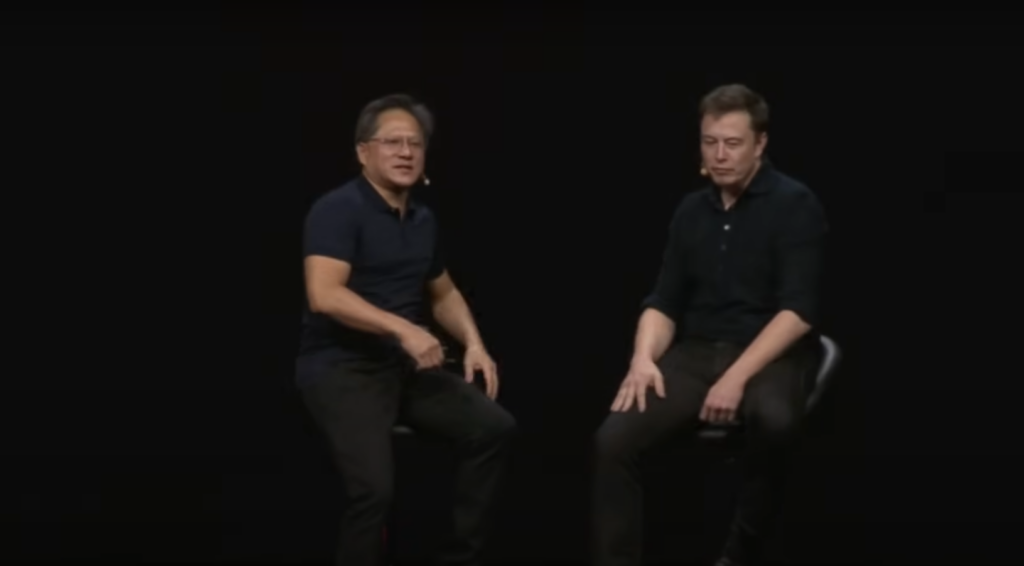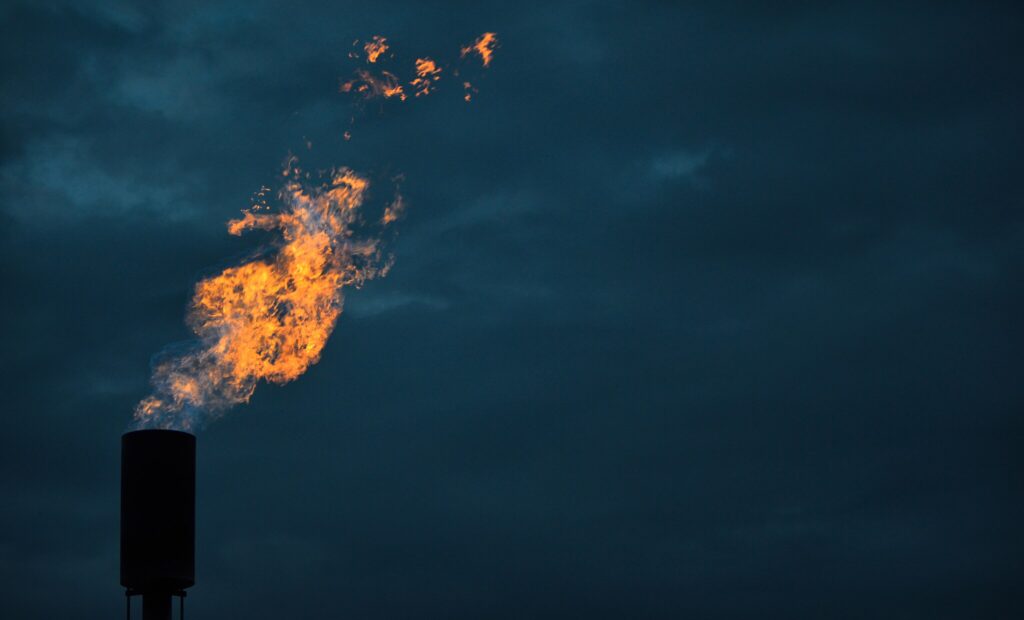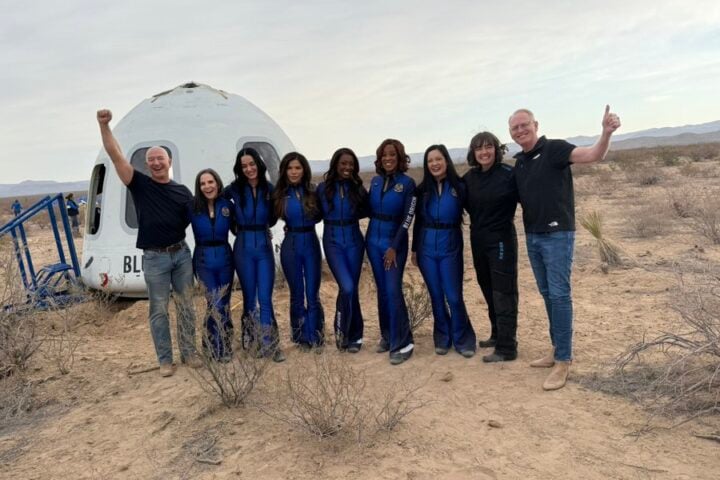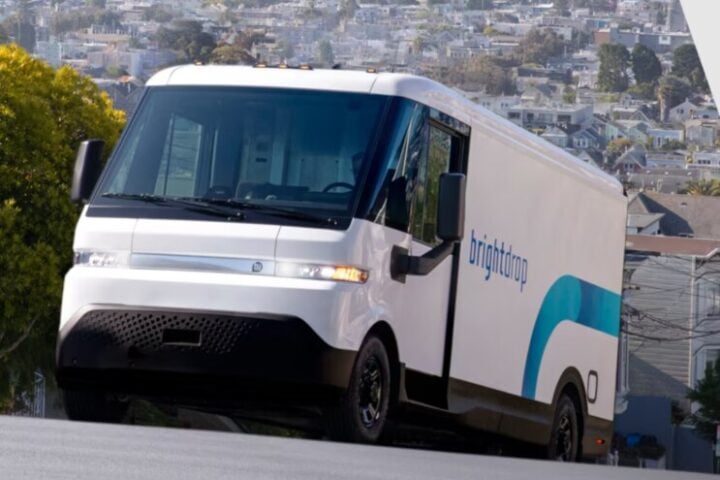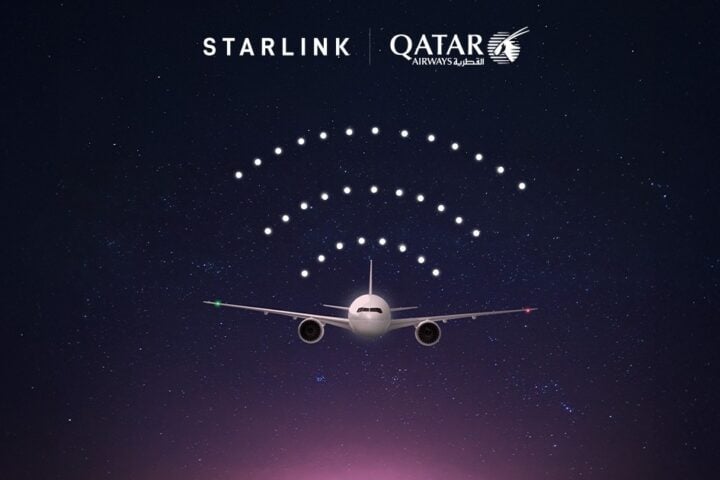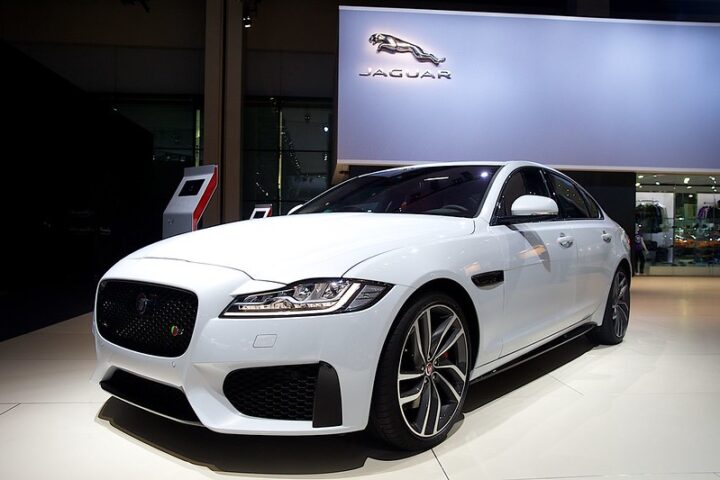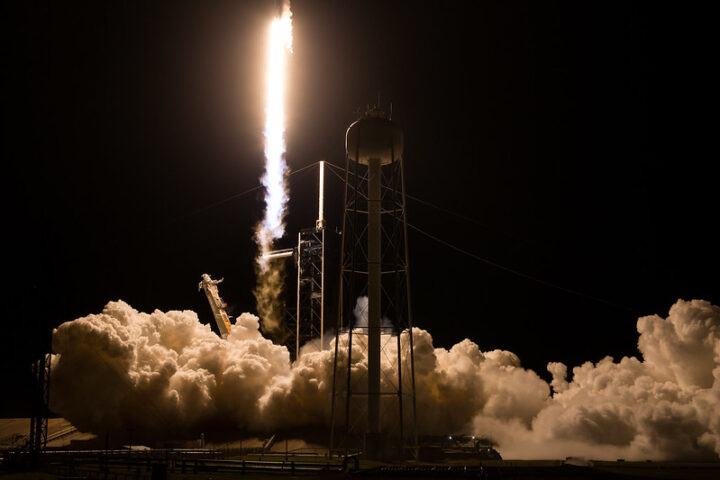Usually, public sector undertakings come up with proposals to launch satellites. It is often the work of middle-aged individuals to pioneer such initiatives. However, in the case of Pixxel, two young men, Awais Ahmed and Kshitij Khandelwal, have done a remarkable job. Google-backed space startup Pixxel was co-founded by Ahmed and Khandelwal.
Pixxel is set to launch one of the largest satellite projects outside the ISRO (Indian Space Research Organization) by starting to launch the first six of its satellites by June. A constellation of a total of 18 satellites is proposed to be launched by next year. These six satellites will be launched either through the PSLV (Polar Satellite Launch Vehicle) of ISRO or through a SpaceX launch vehicle. Pixxel is based in Bengaluru. This is the result of a change in Indian government policy to allow private sector participation in this field.
Awais Ahmed, co-founder and CEO, explained that they are planning to launch six Fireflies constellation satellites this year and tt will start in June. A dozen more will follow in 2025, according to Ahmed. Expected to remain for ten years in space, the Fireflies contain high-resolution capacity. Pixxel started its first spacecraft manufacturing facility in Bengaluru in January 2024. The facility is called Mega Pixxel. Every year about 40 satellites of over 100 kg are expected to be assembled, integrated, and tested at Mega Pixxel.
Similar Post
Fireflies are to be followed by Honeybees. Six Honeybees, heavier than Fireflies, will complete the constellation of 24 satellites. “It will bolster our mission to build a health monitor for the planet. By increasing our capacity to build more satellites, we will deliver even more critical data to our customers faster so they can make informed decisions and address the needs of key industries such as agriculture, energy, forestry, and environmental monitoring,” Ahmed stated while explaining their new manufacturing facility, which is the largest of its kind.
Unique in their ability to provide hundreds of bands of information with global coverage at very high frequency, Pixxel’s hyperspectral satellites are ideal for disaster relief. They will be useful in agricultural monitoring, energy applications, and urban planning fields. Compared to other conventional satellites in orbit, they are equipped to beam down up to 50-fold more information with unprecedented detail.
In February, during the inauguration of its 30,000 sq ft facility in Bengaluru, the company had announced its plans of launching six hyperspectral imagery satellites. The latest announcement confirms the company’s commitment.
This will be the largest effort outside the ISRO. Hyperspectral imaging captures and processes light across a wide range of wavelengths. It enables the identification and analysis of materials based on their unique light patterns. Buoyed by policy-level push from the government and vigorous interest from venture capitalists, these developments come at a time when several Indian space tech startups are trying to establish themselves in an industry pegged at $44 billion by 2033.
Pixxel launched the Shakuntala (Technology Demonstrator 2) satellite in 2022. It used SpaceX’s Falcon-9 rocket. The startup has launched three satellites, including Shakuntala. Its latest launch took place in November 2022. According to Ahmed, work is going on around nine satellites currently. He added, “There’ll be more that we will add in the second half of this year, and then more next year.”
